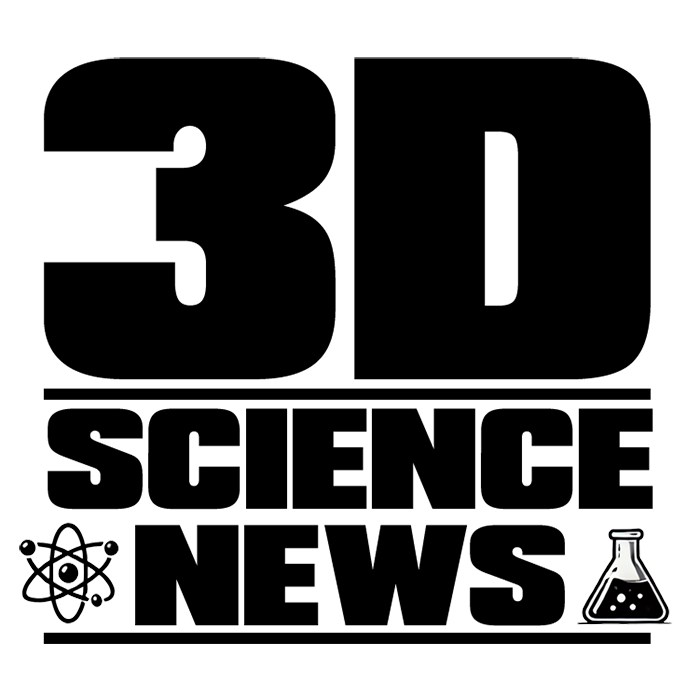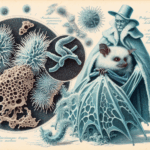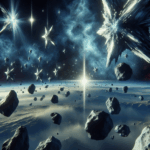Scientists just proved the existence of quantum tornadoes. Not in the sky—these vortices twist through the momentum space of tantalum arsenide, a quantum semi-metal that now sounds even cooler than its name suggests. Electrons, it turns out, don’t just drift lazily through materials. Sometimes, they spiral like microscopic storm systems.
For years, physicists suspected these tornadoes existed, but proving it? That required precision, nerve, and a little scientific wizardry. Dr. Maximilian Ünzelmann and his team at ct.qmat (a research group so deep into quantum materials they put “complexity” in their name) pulled it off. They confirmed that electrons can form swirling vortices in momentum space—an achievement that could reshape our understanding of quantum materials.
Not just a neat parlor trick, these quantum cyclones might one day fuel a new class of technology called orbitronics. Instead of relying on electric charge, orbitronics would harness the swirling motion of electrons—potentially making information transfer in electronics far more energy efficient. Think less wasted heat, more raw computing power.
Welcome to Momentum Space
Momentum space isn’t some abstract mathematical curiosity; it’s a way of describing how particles move. Instead of tracking where an electron is, momentum space tells you where it’s going and how fast. For most of human history, physics concerned itself with position space—where objects exist in a tangible, everyday way. Water whirls down a drain. Hurricanes carve paths of destruction. Even quantum vortices had only been observed in position space—until now.
A few years ago, ct.qmat researchers caused a stir by capturing the first 3D image of a vortex-like magnetic field in a quantum material’s position space. But proving that tornadoes also existed in momentum space? That was the missing puzzle piece.
A Theory, Eight Years in the Making
Back in 2016, theoretical physicist Roderich Moessner predicted that quantum tornadoes could form in momentum space. He described them as “smoke rings”—a poetic way of saying that electrons, like lazy cigar puffs, could form self-sustaining loops of motion. The math made sense, but detecting these rings in real materials? That was another matter entirely.
Then Ünzelmann and his team saw something curious in their data. The telltale patterns of swirling orbital angular momentum—electrons spinning like tiny planets around atomic nuclei. The Dresden-based researchers jumped in, and the project took off.
How to Catch a Quantum Tornado
Proving the existence of a momentum-space vortex required upgrading a classic experimental technique: angle-resolved photoemission spectroscopy (ARPES). Normally, ARPES shines light onto a material, knocks out electrons, and measures their energy and direction—essentially a high-tech way of mapping electronic structures.
But standard ARPES wasn’t enough. The team had to push the method to its limits, tweaking it to capture not just electrons’ motion but their swirling angular momentum. Ünzelmann had been refining this technique since his dissertation, and now it had finally paid off.
The results were clear. Quantum tornadoes are real, and they spin in momentum space. The next step? Figuring out how to harness them.
Five Fast Facts
- Before turning to quantum physics, Roderich Moessner studied at the École Normale Supérieure in Paris, a school notorious for producing Nobel laureates.
- Tantalum arsenide, the material where quantum tornadoes were discovered, is also being explored for use in high-speed electronics.
- The term “photoelectric effect” was coined by none other than Albert Einstein in 1905, earning him a Nobel Prize.
- Orbitronics is considered a potential foundation for next-generation computing, possibly succeeding spintronics, which itself aimed to replace traditional electronics.
- Quantum vortices have been observed in superfluid helium, where they behave like tiny, ghostly whirlpools with no friction.





